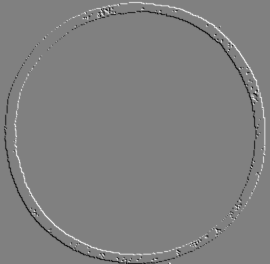Op Art and More
Investigation of the Julia area of (z3+c)/z
A crazy time travel in a crazy universe
(crazy also in the original German word meaning).
June 2017 with amendment June 2019, minor corrections 2021.



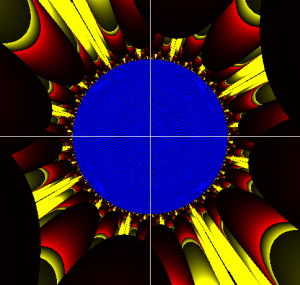



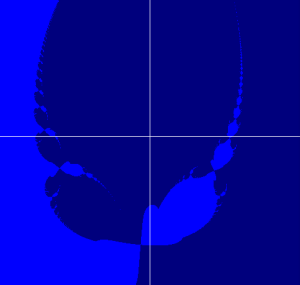
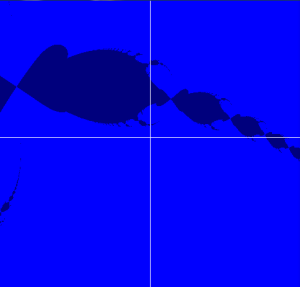
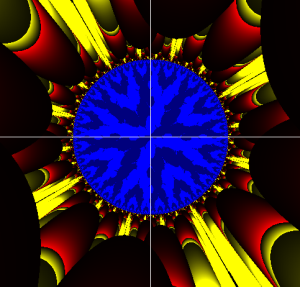
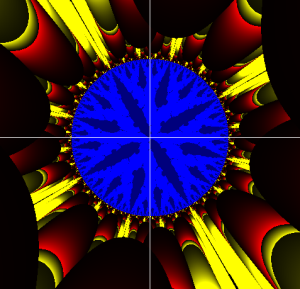

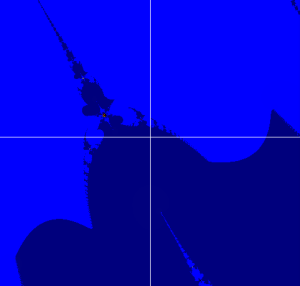
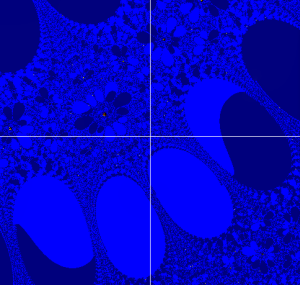 c unchanged, 400 iteration
c unchanged, 400 iteration
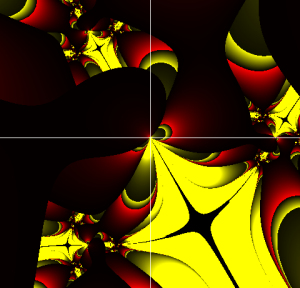
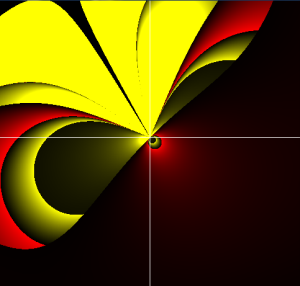




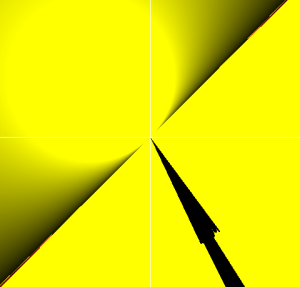
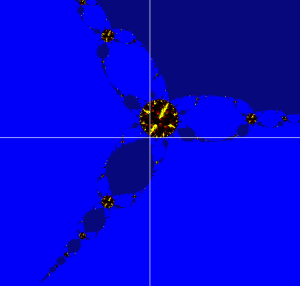

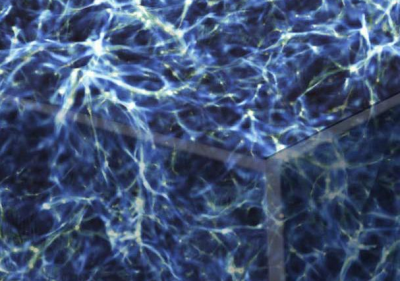
 Time c = ( 0.148155 RE, 0 IM ) after 4000 iteration
Time c = ( 0.148155 RE, 0 IM ) after 4000 iteration

 Source:
Source: 
